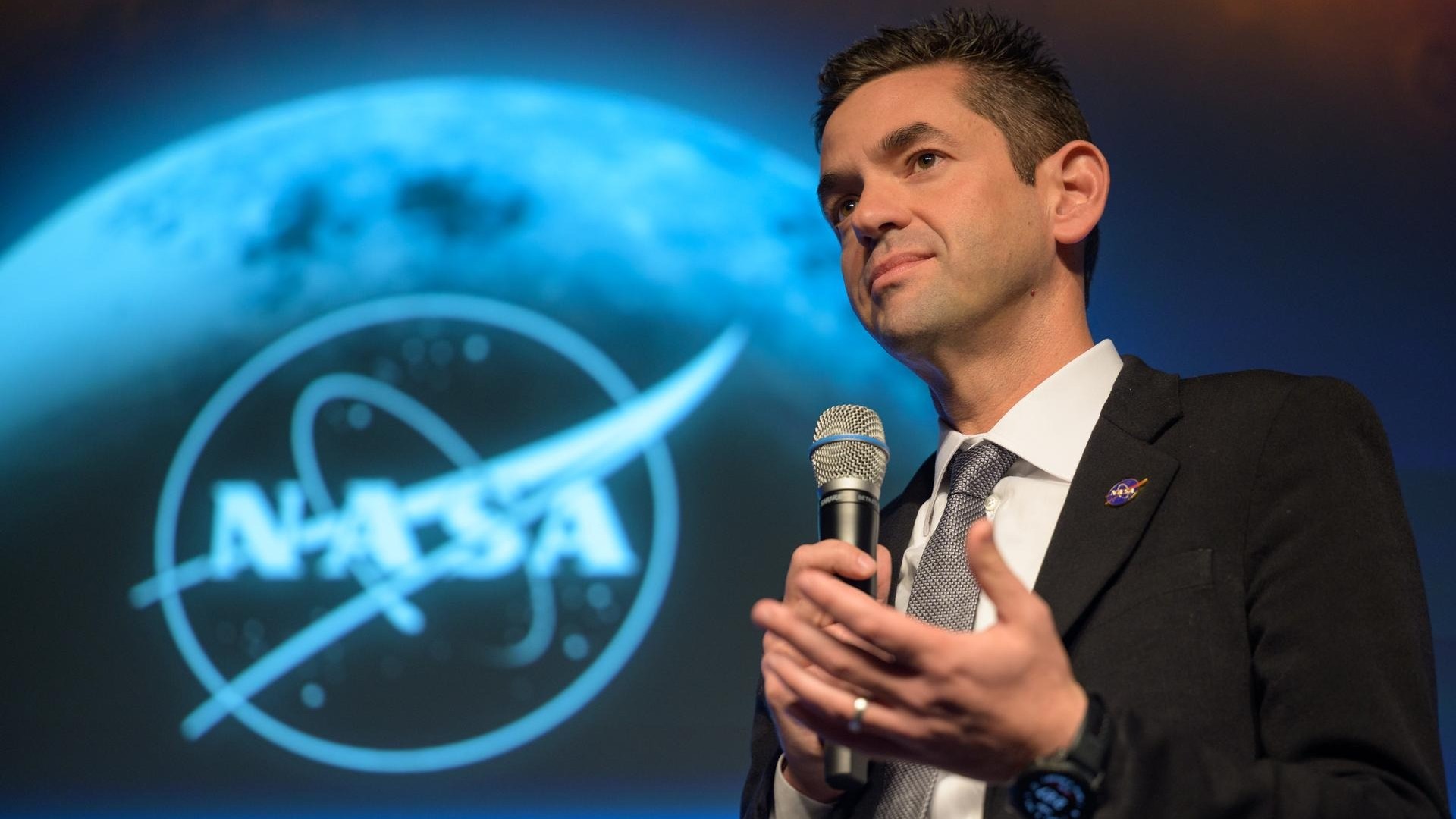The Big Bangs for Astronomers in 2005
PHOENIX, Ariz. -- The past year in space science and astronomy was dominated by debate and some tantalizing near-findings.
A hangover of heady Mars discoveries festered while astronomers on the ground obtained evermore intimate glimpses of the outer solar system and the solar neighborhood but stopped short of declaring agreement on what they'd found. To punctuate that ambiguity with some stark clarity elsewhere, NASA smacked a comet and found it to be all fluff.
Among the highlights:
The 10th Planet?
You might think the discovery of an object larger than Pluto orbiting the Sun would automatically be hailed as the long-sought 10th planet. Caltech's Mike Brown and his colleagues figured as much. Not so fast, many astronomers said. This new world is one of perhaps thousands out there that await discovery. Will we call them all planets? Should Pluto even be considered a planet? In a weird twist to the debate, Brown suggests we all ignore the scientific debate and let culture decide. One has to wonder if that's the sort of ambiguity science ought to promote.
Signs of Life on Mars?
This story extends back to last year and looks like the sort of mystery that'll keep scientists scratching their heads for years to come. The air of Mars seems to contain pockets of methane in doses that should not exist. Perhaps it's the belchings of subsurface microbes, European astronomers said early this year. They support that view with new evidence for blocks of underground ice in the same region as the methane, based on observations by ESA's Mars Express. The ice could be supplying the precious liquid water needed to support the biology, they figure. Other astronomers think the reasoning is very speculative, however.
Breaking space news, the latest updates on rocket launches, skywatching events and more!
Super-Earth Discovered
Astronomers expect to eventually find many Earth-sized planets around other stars. But technology can't spot such small objects yet. Pushing the limits of existing methods, Paul Butler of the Carnegie Institution of Washington and colleagues detected a world just 7.5 times the mass of Earth orbiting another star and said it must be rocky. This year marked the 10th anniversary of the discovery of the first extrasolar planet around a normal star, and astronomers have gathered enough data on about 150 planets since then to say, in the words of planet-hunting guru Geoff Marcy of the University of California, Berkeley, "I imagine most stars have terrestrial planets. It seems hard not to form them."
Birth of a Black Hole
An explosion 2.2 billion years ago, whose light just arrived at Earth this year, was detected and then monitored by an unprecedented array of telescopes on the ground and in space. The event prompted a furious exchange of e-mails. Within moments, the scientists, led by Neil Gehrels of NASA's Goddard Space Flight Center, suspected they had seen the birth of a black hole as it happened (well, except for that previously mentioned time lag of 2.2 billion years). The event was triggered by the merger of two neutron stars, the thinking goes.
First Photo of an Extrasolar Planet?
A series of announcements about the possible first picture of a planet around another star ended up in a debate that has yet to be resolved. In 2004 a team based at the European Southern Observatory (ESO) said they had made what they said was likely the first picture of an extrasolar planet. The object, 2M1207b, appeared bound to a young but failed star known as a brown dwarf sitting about 200 light-years from Earth.But it was also possible that 2M1207b was instead a distant background object.
This past April, Ralph Neuhaeuser of the Astrophysical Institute & University Observatory said his team had made the first confirmed picture of a planet around another star called GQ Lupi, some 400 light-years away. Both pictures are real, but astronomers can't agree on the masses of the objects in the images or, for that matter, how to state the difference between large planets and small stars. We'll have to wait for history to tell us if this was a big story or not.
Protecting Ourselves
Some day, scientists have been telling us for some years now, we'll have to deal with an incoming asteroid or comet that would destroy civilization at worst or wipe out a city at least. Big impacts have occurred before, and there will be more. But we don't know enough about space rocks and their composition to plan properly for deflecting or destroying such a menace. Turnabout proved to be fair play when NASA's Deep Impact mission slammed a probe into Comet Tempel 1 on the 4th of July.
The upshot? This comet was fluffy, unlike others that have been studied up close. Meanwhile, a group of scientists and astronauts, led by Russell Schweickart, a former Apollo astronaut, prodded NASA to visit asteroid Apophis, which has a slight chance of hitting us a few decades hence. NASA's response: A purely scientific mission might be considered, but we have plenty of time to mount a diversion if further observations show this thing would really hit.
- VOTE Now! The Best Space Images of 2005
- Back to the Future for NASA in 2005
- VOTE Now! The Top Science Stories of 2005

Rob has been producing internet content since the mid-1990s. He was a writer, editor and Director of Site Operations at Space.com starting in 1999. He served as Managing Editor of LiveScience since its launch in 2004. He then oversaw news operations for the Space.com's then-parent company TechMediaNetwork's growing suite of technology, science and business news sites. Prior to joining the company, Rob was an editor at The Star-Ledger in New Jersey. He has a journalism degree from Humboldt State University in California, is an author and also writes for Medium.
